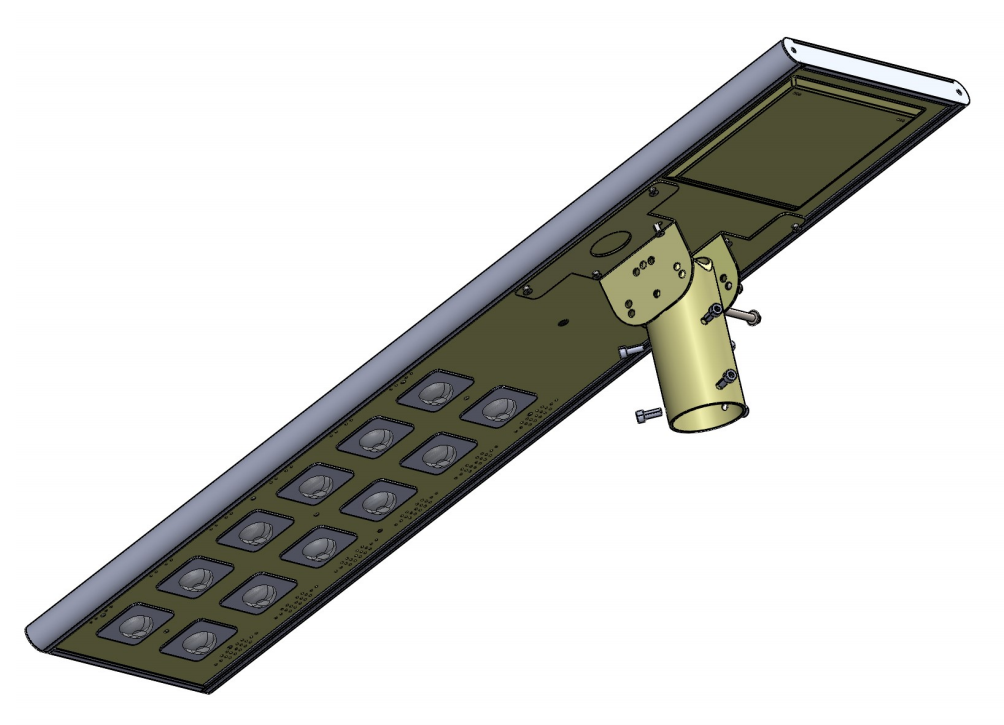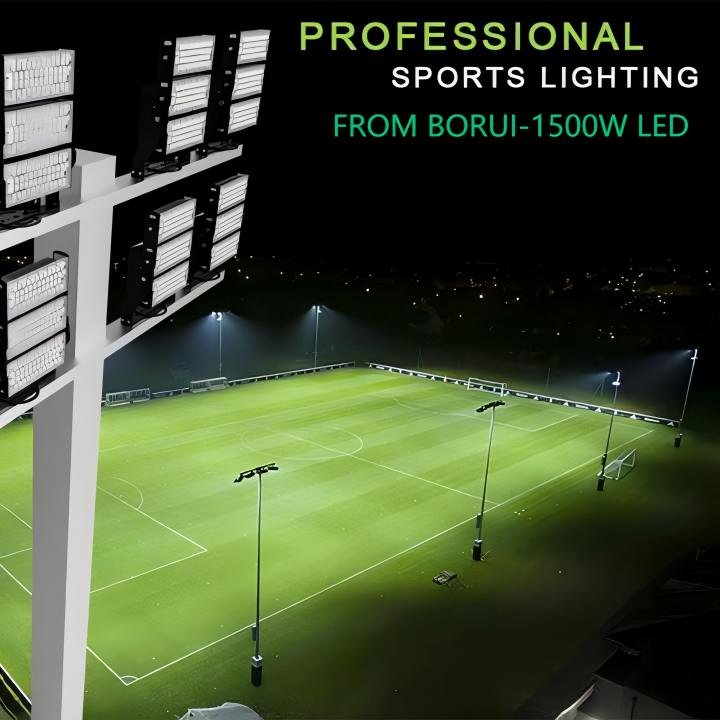
The selection of LED chips in LED streetlights is crucial as it directly impacts the performance, efficiency, and longevity of the lights. Here are the key factors to consider when selecting LED chips:
1. Efficiency (Luminous Efficacy)
- Measured in lumens per watt (lm/W), the efficiency of an LED chip determines how much light is produced per watt of power consumed
- High-efficiency chips can reduce energy consumption while maintaining brightness.
2. Color Temperature
- LED chips come in various color temperatures, generally measured in Kelvin (K). For street lighting, a balance between cool white (5000K–6000K) and warm white (3000K–4000K) is typically selected depending on the location and application.
- Cool white is often preferred for urban areas as it provides brighter, more defined light.
3. Color Rendering Index (CRI)
- CRI measures the ability of the light to accurately render colors compared to natural light. For streetlights, a CRI above 70 is considered good.
- Higher CRI values are ideal for areas where visual clarity is important, such as residential streets or parking lots.
4. Chip Manufacturer and Reliability
- Choosing chips from reputable manufacturers like Cree, Osram, Nichia, or Philips ensures quality and durability.选择来自知名制造商的芯片,
- These manufacturers provide better long-term performance and reliability, reducing maintenance costs.
5. Lifespan5. 寿命
- The lifespan of LED chips is a key consideration for streetlights, with most high-quality chips offering 50,000 to 100,000 hours of operation.
- Longer lifespan reduces the frequency of replacements and overall maintenance.
6. Thermal Management
- LED chips generate heat, and efficient thermal management is crucial to maintaining the performance and lifespan of the chips.
- Look for chips that are designed with good heat dissipation to prevent degradation over time.
7. Power Consumption
- Consider the power rating of the LED chips, especially if you’re designing energy-efficient solar streetlights. Lower power consumption with higher efficiency is ideal for solar applications.
8. Cost vs. Performance
- Balancing cost and performance is important. While high-end chips may be more expensive, they often offer better energy efficiency, longer lifespan, and improved light quality, justifying the initial investment.
9. Packaging and Durability
- LED chips in streetlights must be weather-resistant and able to withstand harsh outdoor conditions (IP65 or higher rating).
- Packaging techniques like COB (Chip-on-Board) or SMD (Surface Mount Device) influence the durability and heat dissipation properties of the chip.
By carefully selecting the appropriate LED chips based on these factors, we can enhance the performance, energy savings, and longevity of LED streetlights.



